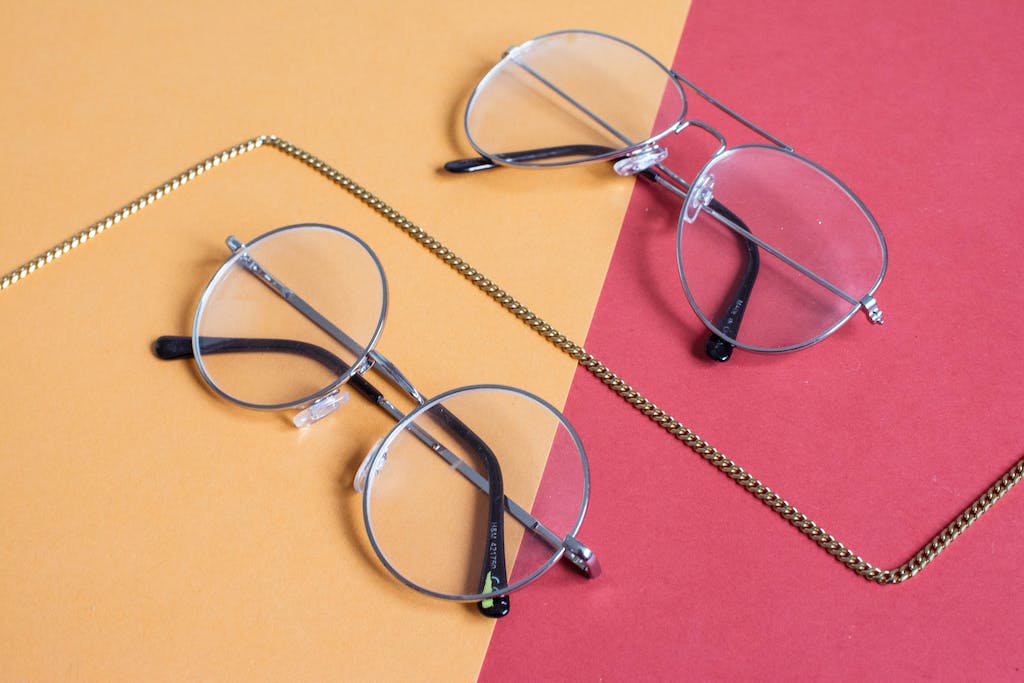- Astigmatism affects vision due to an uneven cornea or lens, causing blurriness and visual distortion.
- Regular eye exams are important for detecting symptoms, including headaches, eyestrain, and squinting.
- Eyewear, like glasses and contacts, including toric and scleral lenses, are primary astigmatism corrective options.
- Surgical alternatives, such as LASIK and PRK, offer permanent solutions, while IOLs help those with cataracts.
- Astigmatism impacts emotional health; understanding and managing this can improve overall well-being and quality of life.
Living with astigmatism can be challenging. The everyday blurriness and visual disturbances it brings can affect your work, hobbies, and social interactions. However, there are many ways to effectively manage astigmatism and lead a fulfilling life despite this common eyesight problem. In this detailed guide, we’ll explore everything from understanding astigmatism to practical lifestyle adjustments and the latest advances in vision correction.
Understanding Astigmatism: More Than Meets the Eye
Before delving into management strategies, it’s crucial to understand what astigmatism really is. Unlike nearsightedness (myopia) or farsightedness (hyperopia), which are more well-known, astigmatism is a condition that affects the shape of the eye. When the cornea or lens is curved unevenly, it prevents light from focusing properly on the retina, leading to blurred or distorted vision at all distances.
Astigmatism often occurs with myopia or hyperopia and is identified by an expert optometrist during a routine eye exam. Symptoms can include headaches, eyestrain, squinting, and general discomfort, especially after long periods of reading or computer use. Knowing the signs and keeping up with regular check-ups are essential for managing this condition effectively.
Navigating the Visual World: Tools and Techniques
For many, astigmatism is either a birth defect or develops over time, so learning to live and thrive with this visual challenge is key. Here are various tools, techniques, and treatments that can help improve your quality of life.
Eyewear Solutions
Eyeglasses are the simplest and often the first line of defense against astigmatism. Corrective lenses, including toric lenses, are specially designed to counteract the irregular curvatures of the cornea or lens. They can dramatically improve vision and are available in various materials, from traditional glass to modern, lightweight plastics.
On the other hand, contact lenses provide a wider field of vision and can come in both soft and gas-permeable options. Be sure to consult with your optometrist to find the best lens type for your particular condition. These days, specialized contacts like scleral lenses are even an option for those with more severe astigmatism.
Surgical Alternatives
For those looking for a more permanent fix, surgical options are available. LASIK and PRK are popular for reshaping the cornea and correcting a wider array of vision problems like astigmatism. A newer procedure, LACS (laser-assisted cataract surgery), has also emerged, offering precise vision correction during cataract removal.
Intraocular lenses (IOLs) can also be a choice, particularly for individuals with cataracts. These artificial lenses replace the eye’s natural lens, offering a restored, non-astigmatic vision. All surgical options require thorough consultation and consideration of risks and benefits, but many have found long-term relief from reliance on glasses or contacts.
Everyday Adjustments
Simple lifestyle changes can go a long way in minimizing the impact of astigmatism. Ensuring proper lighting when reading or working, using large fonts on digital screens, taking regular breaks to rest your eyes, and maintaining good posture to reduce neck strain are everyday practices that significantly reduce discomfort.
Advanced Treatments
Optometry and ophthalmology are advancing rapidly, with new technologies and treatments on the horizon. Specialized contact lenses and frames continue to evolve, offering enhanced comfort and vision quality. Concurrently, research into stem cell therapy for corneal repair offers a potentially revolutionary treatment for severe astigmatism cases.
Emotional and Psychological Impacts
Living with astigmatism isn’t just a physical experience; it can also impact your emotional and mental well-being. Feelings of self-consciousness and frustration are common, particularly in social or professional settings. Acceptance and support are crucial components of managing the emotional side of this condition. Always seek support, prioritize self-care and mindfulness, and get professional help when needed.
Looking to the Future
As the medical community advances, the future looks bright for astigmatism treatments. The rise of telemedicine and at-home vision tests can increase outreach and diagnoses. New treatment modalities, including pharmaceutical interventions and gene therapy, may offer novel ways to manage astigmatism and other visual impairments.
Education and public awareness play a crucial role in addressing astigmatism. By recognizing the condition early and educating children about eye health, we can reduce stigma and promote proactive vision care. Advocacy and research efforts are also vital for shaping the management of astigmatism and ensuring practical and accessible treatments for those affected. Let your voice be heard and contribute to improving outcomes for this condition.
Astigmatism may present obstacles in our visual acuity, but it doesn’t have to define your life. You can overcome the challenges by understanding the condition, leveraging available tools and techniques, addressing the emotional impacts, and looking to a future of advanced treatments. When you empower yourself with knowledge and a willingness to explore options, you unlock the potential for a clear, vibrant, and fulfilling life, free from the constraints of blurry vision.



